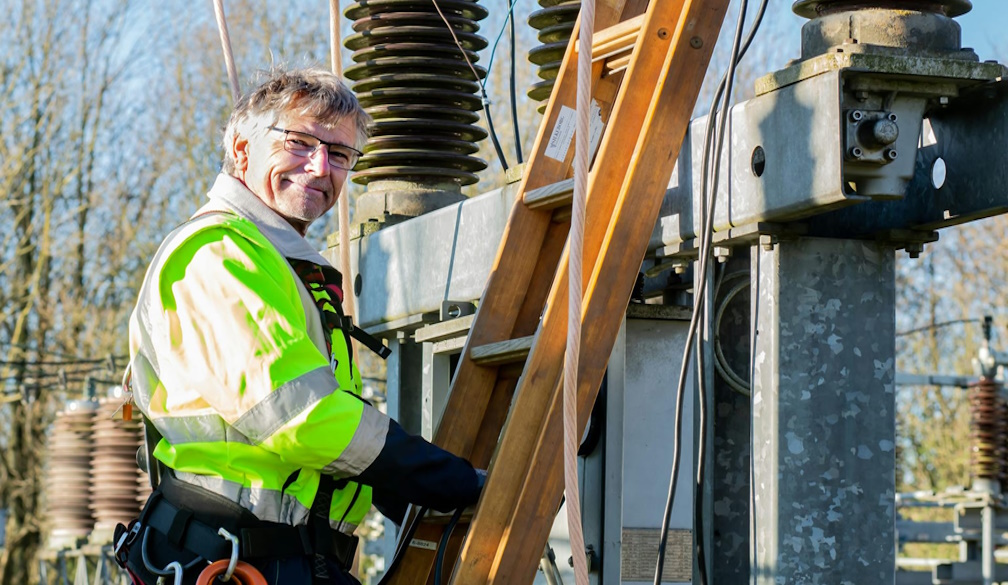Understanding Duty of Care: Protecting Lone and Remote Workers in Australia
- Written by The Times

In Australia, workplace health and safety laws impose a clear duty of care on businesses to protect all employees — and this responsibility becomes even more crucial when staff are working alone, in remote areas, or interacting with members of the public. These environments can significantly increase the risks faced by workers, whether due to isolation, difficult terrain, lack of immediate help, or potential aggression from the public.
With laws evolving and technology advancing, Australian businesses must stay informed and proactive to ensure their duty of care obligations are met. This article explores the current legal framework, how it has developed over time, and the tools and strategies available today to support the safety of lone and remote workers.
What is Duty of Care in the Australian Context?
At its core, duty of care is a legal obligation that requires employers to take reasonable steps to ensure the health and safety of their workers. This responsibility is enshrined in the Model Work Health and Safety (WHS) Act, which has been adopted in most Australian jurisdictions, including NSW, QLD, SA, ACT, NT, and TAS. WA and VIC operate under separate but similar WHS legislation.
Under the WHS laws, a Person Conducting a Business or Undertaking (PCBU) must:
- Provide a safe working environment
- Identify and manage potential risks
- Ensure workers are not exposed to preventable harm
- Consult with employees on safety matters
These obligations extend equally to lone workers and those in remote or public-facing roles, even when they are away from the main workplace.
How Have the Laws Changed Over Time?
Historically, WHS obligations were largely reactive. Regulations focused on generalised safety measures within traditional workplaces, such as offices and construction sites. However, a rise in remote work, fly-in-fly-out (FIFO) operations, mobile services, and public-facing roles has pushed governments and regulators to adapt.
Key developments include:
- 2008–2011: The move toward harmonised WHS laws under the Model WHS Act made safety responsibilities more consistent across states and territories.
- 2011 onward: Introduction of the concept of a PCBU and a more proactive approach to managing psychosocial and physical risks.
- Recent years: Increased scrutiny on psychosocial hazards, such as working alone, exposure to aggression, fatigue, and isolation. This has led to updated Codes of Practice and guidance materials from regulators like Safe Work Australia.
The legal standard today is not just about physical safety — it encompasses mental wellbeing, communication, and the ability to respond to emergencies, particularly for those working without immediate support.
What Are the Risks for Lone and Remote Workers?
Lone and remote workers can include:
- Utility and maintenance personnel
- Community support workers
- Real estate agents or property inspectors
- Forestry and agricultural workers
- FIFO and mining staff
- Delivery drivers and couriers
These workers face a unique set of risks:
- Inability to call for help in an emergency
- Delayed medical assistance
- Aggressive or threatening clients
- Environmental dangers (e.g. wildlife, heat exposure)
- Vehicle breakdowns or accidents in isolated locations
- Mental health impacts due to isolation or stress
As a result, employers must not only assess and mitigate these risks but also put systems in place to monitor, communicate with, and support these staff effectively.
Modern Measures to Meet Duty of Care Obligations
Meeting your legal obligations today requires a mix of policy, training, planning, and technology. Here are some practical strategies businesses can implement:
- Lone Worker Safety Policies and Procedures
- Define when and how lone work can occur.
- Set clear procedures for check-ins, emergency contacts, and escalation.
- Provide staff with training on recognising and managing risk.
- Risk Assessments
- Identify specific hazards for remote or lone workers.
- Assess both environmental and interpersonal risks.
- Regularly review and update assessments as situations change.
- Emergency Response Plans
- Develop and test response protocols for various scenarios (injury, vehicle breakdown, threats).
- Ensure all lone workers are trained in emergency procedures.
Technology That Supports Compliance and Safety
Thanks to modern technology, businesses can now better protect workers who are out of sight or operating in risky environments. Some of the most effective tools include:
- Lone Worker Safety Devices
Modern personal safety devices offer a range of features, going well beyond what we may expect to find in personal alarms. Functions may include:
- Duress buttons: Allow workers to call for help discreetly.
- GPS tracking: Enables real-time location monitoring.
- Fall detection: Alerts managers if a worker is unresponsive or has suffered a fall.
- Two-way audio: Provides direct communication with control centres or supervisors.
Popular examples include duress pendants, body-worn cameras, and wearables linked to emergency response teams.
- Lone Worker Safety Apps
Apps installed on smartphones or tablets can provide:
- Scheduled or automatic check-ins
- GPS location tracking
- Panic alarms
- Time-based “safe return” reminders
Many of these apps integrate with backend platforms to trigger alerts if a check-in is missed or an emergency signal is sent.
- Vehicle and Asset Monitoring
For remote or mobile workers, vehicle tracking systems can offer:
- Real-time updates on location
- Geo-fencing alerts (e.g., if a worker enters a hazardous zone)
- Crash or rollover detection
- Satellite Communication Tools
In areas with poor mobile reception (common in regional Australia), satellite phones or personal locator beacons (PLBs) offer critical backup communication channels.
Final Thoughts: A Legal and Moral Imperative
Protecting lone and remote workers is not just about avoiding penalties — it’s a matter of human dignity, responsibility, and trust. Failing to take adequate precautions can result in not only legal consequences under WHS laws, but also reputational damage and loss of workforce confidence.
With the right mix of planning, policy, and technology, businesses can confidently meet their duty of care obligations — ensuring every worker, no matter how isolated or exposed, returns home safely at the end of the day.




















